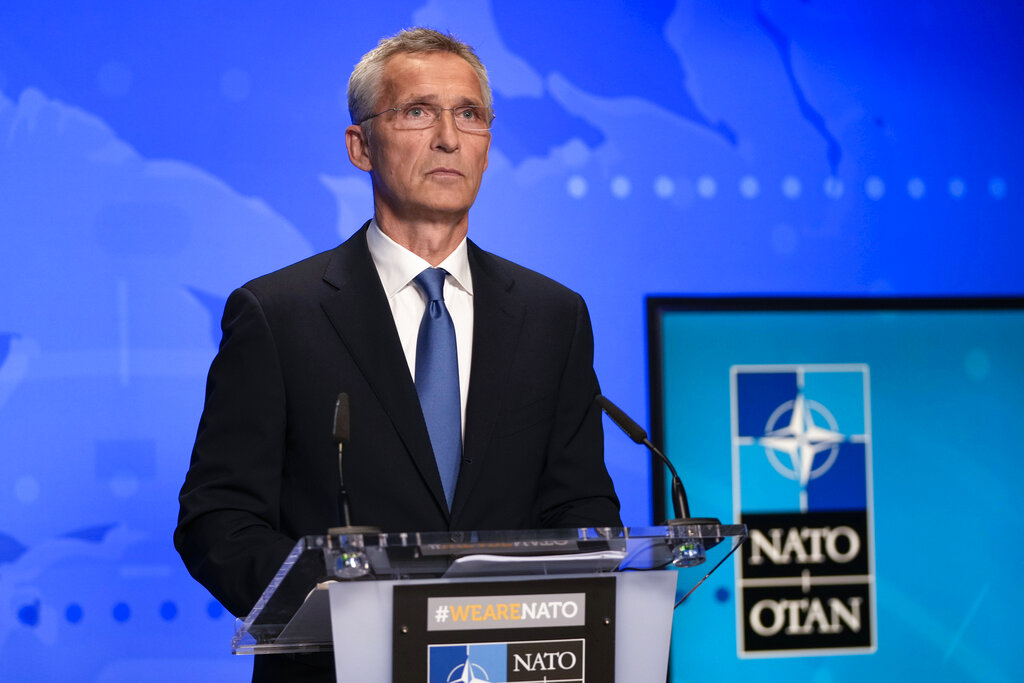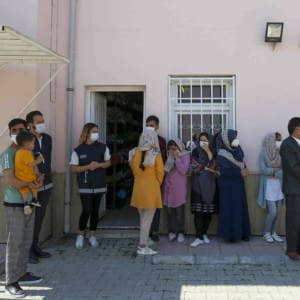The disaster in Afghanistan does not bode well for the states in the Central and Eastern European region, which joined NATO specifically in order to guarantee their sovereignty in the event of any conflict under the collective defense system and the umbrella of America. The main threats lurking in our region since the fall of Afghanistan are the millions of migrants on the Western Balkans and the ensuing European outbreak of terrorism, which, together with the spread of the fourth wave of the coronavirus, pose more than a serious security risk to European stability.
However, there is another risk factor in the region that has emerged, both overtly and stealthily, since the collapse of the Soviet Union. Modern Russia feels deceived after U.S. President George W. Bush and Soviet state and party leader Mikhail Gorbachev agreed at a 1989 summit in Malta that Moscow would not hinder social transformation in Eastern Europe, while in return Washington will not expand its influence in the region. However, the deal stalled, with the region joining NATO with the exception of three countries in the Western Balkans and Moldova, while Ukraine also slipped out of the Kremlin’s sphere of control.
Moscow saw these processes as a test case. First in 1990, after an armed conflict, Transnistria, with Russian help, broke away from Moldova, followed by a five-year Balkans war, and then in 2014, after military clashes, the mainly Russian-speaking Donetsk Basin in Southeastern Ukraine broke out of Ukraine and Russia annexed the Crimean peninsula.
NATO member states have responded to all these challenges in different ways, and the organization has not been able to establish common points of reference, especially for Russia, which is likely to cause tensions within the Western defense system. However, the nature of the relationship with the Kremlin is a key geopolitical question that cannot be answered at the moment.
Thus, the strange situation arose that while Hungary maintained a pragmatic and good relationship with Moscow, at the other pole, Romania had already gone quite far in building up its Russia-phobia. Bucharest is annoyed, among other things, by the fact that Russian President Vladimir Putin is constantly hindering Romania’s ambitions for unification with Moldova. And Moscow, now that Romania has received medium-range American missiles, sees the Bucharest leadership as a puppet government. The Romanian National Defense Strategy, which entered into force last year and will run until 2024, emphasizes the threats posed by Russia.
“This can even be seen as a message of war,” a Romanian commentator said. Hungary country is also mentioned in the document. Although we have not been blacklisted by name in Bucharest, the document states that the so-called “illiberal temptation in Eastern Europe has remained a regional threat in recent years”.
This is especially troublesome since no other NATO ally is being identified, even in a veiled form, as a source of danger.
The collapse of Afghanistan and the internal tensions in the Western military alliance call for answers. It is perhaps no coincidence that new formulations are also emerging from NATO headquarters in Brussels, urging a return to the organization’s founding goals, which is to focus on defense rather than the export of democracy.
Title image: NATO Secretary General Jens Stoltenberg attends an online news conference following a NATO Foreign Ministers video meeting following developments in Afghanistan at the NATO headquarters in Brussels, Friday, Aug. 20, 2021. NATO Foreign Ministers are meeting in a videoconference to assess the chaotic situation in Afghanistan and coordinate efforts to get nationals and key local staff out of the country. (AP Photo/Francisco Seco, Pool)





